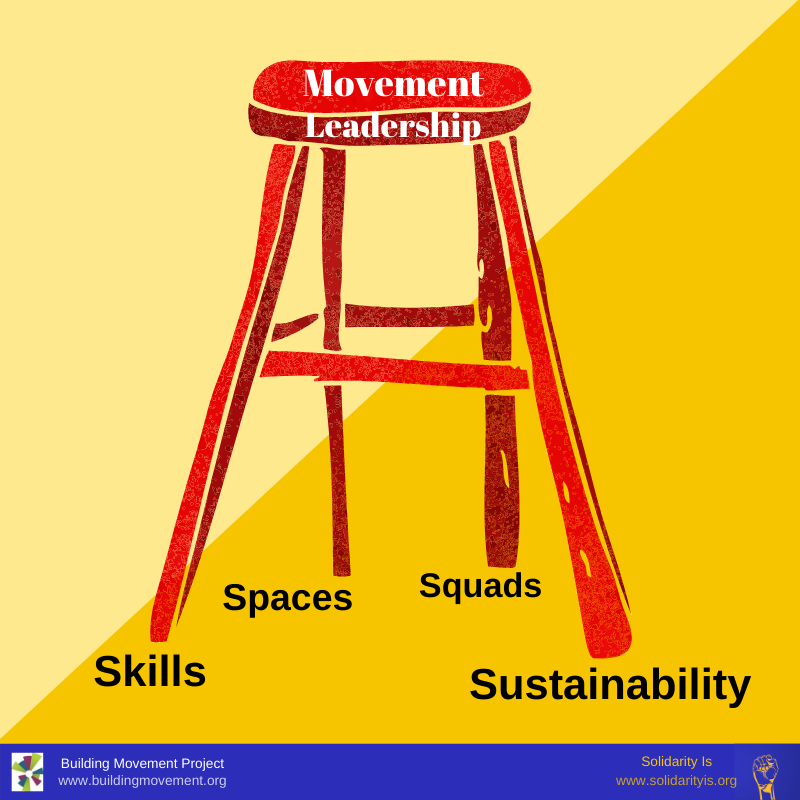Jan
23
2020
Written by Deepa Iyer
Over the past three years, I have participated in the Solidarity Summit, a space for movement leaders working on racial justice issues. We meet regularly to build relationships, sharpen our political analysis, and learn about each other’s communities. Not surprisingly, our conversations often come back around to a similar question: How can I keep doing this work at the pace I’m going?
Maintaining individual and organizational sustainability has become a critical question for people leading movements for justice and liberation. Now, there’s evidence that social change work takes a toll on our bodies, our mental health, and our work. The Human Rights Resilience Project reports that human rights advocates are increasingly experiencing burnout, illness, and anxiety as a result of various stressors including trauma exposure. The current political climate is only making things worse, exacerbating feelings of overwhelm and direct or vicarious trauma. In addition, high expectations about performance and productivity as well as call-out and cancel culture within our movements bring even more challenges. Now more than ever, organizations and funders must center individual and collective well-being – from access to mental health care to sabbaticals to trauma-informed workflows – as core sustainability strategies that are just as important (if not more) as programmatic outcomes.
Sustainability is one leg of a stool that holds up effective movement leadership as a whole. Movement leaders thrive when they are part of collective spaces where they can build trust, deepen political analysis, ideate, and take risks. And because movement leaders function well beyond their organizations in a broader ecosystem, they need squads – people within and outside their organization playing diverse roles – to support them. Finally, movement leaders can be more effective when they can hone skills such as base building, conflict resolution, and narrative development.

The stool of movement leadership is a starting point to support the people driving the movements we need in today’s world. Which leg does your organization and movement need to strengthen? If you are a funder, how do you already support movement leaders and what more could you do, particularly around centering sustainability? If you are working at a social change non-profit organization, how can you generate practices to create a culture of well-being? And, are there more legs that the stool needs (after all, it’s already four legs)?
We invite you to utilize the stool of movement leadership as a way to reflect on what your organization and its people need. To learn more, or to organizeworkshops related to solidarity and sustainability, please reach out to diyer@buildingmovement.org.

